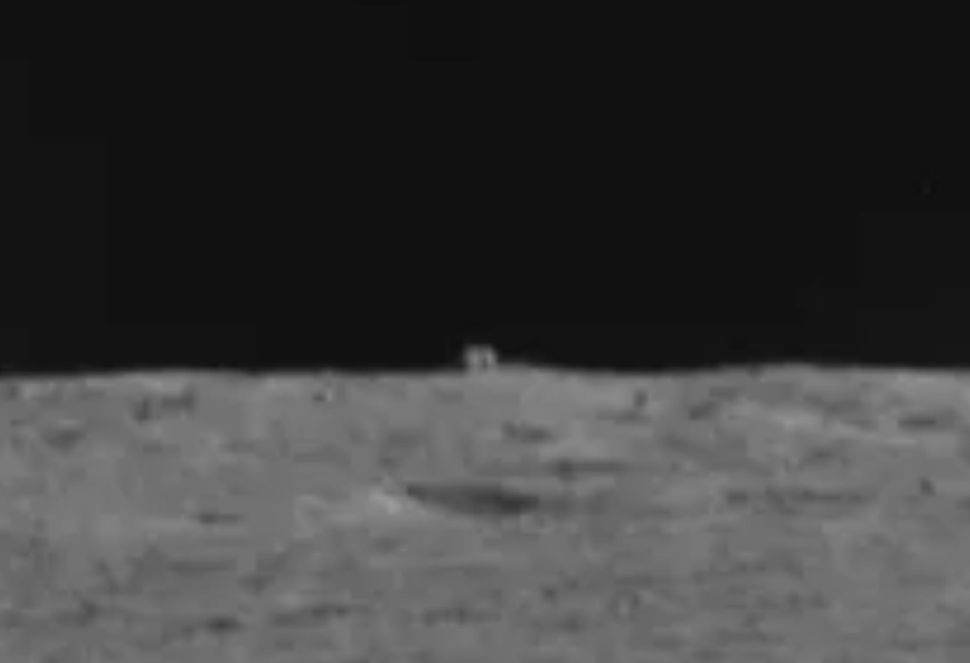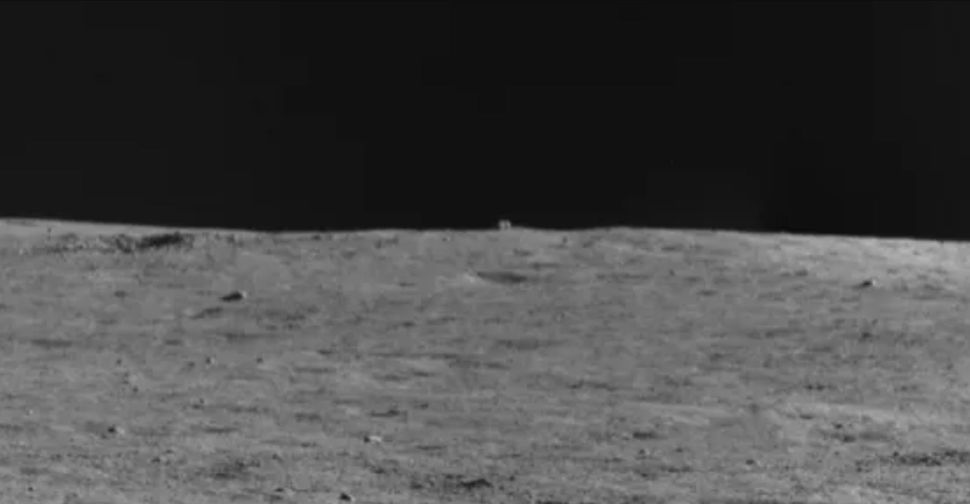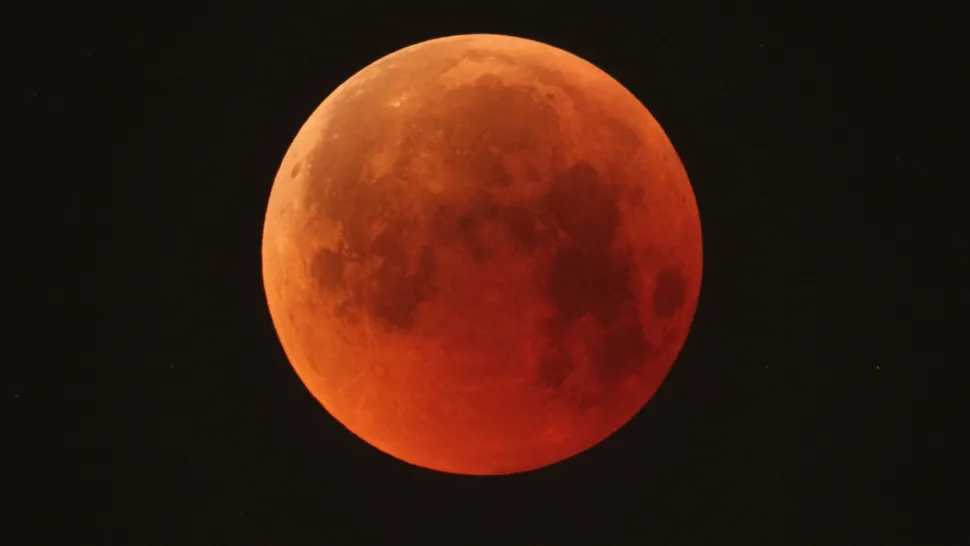Full moon in April 2021: When to see the 'Pink' supermoon
By Ada Wood and Ashley Strickland, CNN
Updated 4:33 AM ET, Mon April 26, 2021
(CNN)April's full moon is the "pink" moon, and it's a supermoon, too. Catch it in the night sky this Monday.
This moon will be at its fullest on Monday at 11:32 p.m. ET, according to NASA.
Supermoons appear bigger and brighter in the sky because they are slightly closer to Earth. Interpretations of what qualifies as a supermoon can vary, but there are generally two to four moons that meet the threshold -- based on the distance between the moon and Earth -- within a given year.
Under some definitions, April's will be one of four supermoons in a row, including last month's "worm" moon and two more expected in May and June. According to NASA, all publications agree that at least the April and May moons fit the classification.
This supermoon will be the second-closest full moon of the year, according to EarthSky. And although it's called the pink moon, it's not really a different color.

A pink supermoon rises over the Rock of Dunamase in County Laois in the Republic of Ireland.
This moon gets its name from the pink early springtime blooms of the Phlox subulata plant, also called "moss pink." It's native to eastern North America.
Native American tribes across the United States have their own names for the moon, according to the Western Washington University Planetarium. Many of those names are also associated with springtime signs, including the melting of snow and the return of geese after their journey south for winter. The Cherokee tribe of the East Coast calls it the "kawohni" or "flower moon," and the Creek tribe of the Southeast refers to it as "tasahcee-rakko" or "big spring moon."
There are also several religious celebrations that align with this moon, according to NASA. For Eastern Christians, this is the full moon before Easter, called the Paschal Moon. (Eastern Christianity marks Easter on Sunday, May 2). For Hindus it is Hanuman Jayanti, the celebration of the birth of Lord Hanuman. For Buddhists, it is Bak Poya, which marks the Buddha's visit to Sri Lanka to settle a dispute between chiefs, avoiding a war.
This full moon is also near the middle of the holy month of Ramadan, which Muslims observe in honor of the Quran being revealed.
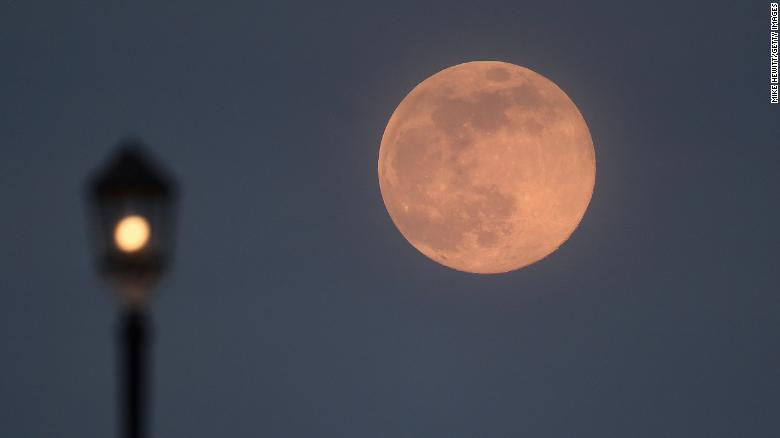
A pink supermoon rises on April 07, 2020 in Worthing, United Kingdom.
Typical of a normal year, 2021 will have 12 full moons. (There were 13 full moons last year, two of which were in October.)
Here are all of the full moons remaining this year and their names, according to The Old Farmer's Almanac:
April 26 -- Pink moon
May 26 -- Flower moon
June 24 -- Strawberry moon
July 23 -- Buck moon
August 22 -- Sturgeon moon
September 20 -- Harvest moon
October 20 -- Hunter's moon
November 19 -- Beaver moon
December 18 -- Cold moon
Be sure to check for the other names of these moons as well, attributed to their respective Native American tribes.
Here is what else you can look forward to in 2021.
Sign up for CNN's Wonder Theory science newsletter. Explore the universe with news on fascinating discoveries, scientific advancements and more.
Meteor showers
Once the popular Lyrids meteor shower -- which peaks on April 22 -- passes, the Eta Aquariids follow soon after. They peak on May 5 when the moon is 38% full. This shower is best seen in the southern tropics, but will still be visible to those north of the equator.
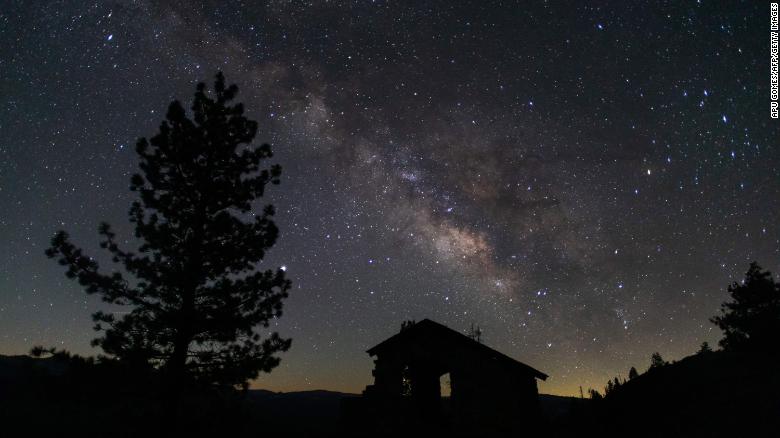
The Milky Way is seen from the Glacier Point Trailside in Yosemite National Park, California.
The Delta Aquariids are also best seen from the southern tropics and will peak between July 28 and 29, when the moon is 74% full.
Interestingly, another meteor shower peaks on the same night -- the Alpha Capricornids. Although this is a much weaker shower, it has been known to produce some bright fireballs during its peak. It will be visible for everyone regardless of which side of the equator they are on.
The Perseid meteor shower, the most popular of the year, will peak between August 11 and 12 in the Northern Hemisphere, when the moon is only 13% full.
Here is the meteor shower schedule for the rest of the year, according to EarthSky's meteor shower outlook.
October 8: Draconids
October 21: Orionids
November 4 to 5: South Taurids
November 11 to 12: North Taurids
November 17: Leonids
December 13 to 14: Geminids
December 22: Ursids
Solar and lunar eclipses
This year, there will be two eclipses of the sun and two eclipses of the moon -- and three of these will be visible for some in North America, according to The Old Farmer's Almanac.
A total eclipse of the moon will occur on May 26, best visible to those in western North America and Hawaii from 4:46 a.m. ET to 9:51 a.m. ET.
An annular eclipse of the sun will happen on June 10, visible in northern and northeastern North America from 4:12 a.m. ET to 9:11 a.m. ET. The sun won't be fully blocked by the moon, so be sure to wear eclipse glasses to safely view this event.
November 19 will see a partial eclipse of the moon, and skywatchers in North America and Hawaii can view it between 1 a.m. ET and 7:06 a.m. ET.
And the year will end with a total eclipse of the sun on December 4. It won't be visible in North America, but those in the Falkland Islands, the southern tip of Africa, Antarctica and southeastern Australia will be able to spot it.
Visible planets
Skywatchers will have multiple opportunities to spot the planets in our sky during certain mornings and evenings throughout 2021, according to the Farmer's Almanac planetary guide.
It's possible to see most of these with the naked eye, with the exception of distant Neptune, but binoculars or a telescope will provide the best view.
Mercury will look like a bright star in the morning sky from June 27 to July 16 and October 18 to November 1. It will shine in the night sky from May 3 to May 24, August 31 to September 21, and November 29 to December 31.
Venus, our closest neighbor in the solar system, will appear in the western sky at dusk in the evenings from May 24 to December 31. It's the second-brightest object in our sky, after the moon.
Mars makes its reddish appearance in the morning sky between November 24 and December 31, and it will be visible in the evening sky through August 22.
Jupiter, the largest planet in our solar system, is the third-brightest object in our sky. It will be on display in the morning sky through August 19. Look for it in the evenings August 20 to December 31 -- but it will be at its brightest from August 8 to September 2.
Saturn's rings are only visible through a telescope, but the planet itself can still be seen with the naked eye in the mornings through August 1 and in the evenings August 2 to December 31. It will be at its brightest during the first four days of August.
Binoculars or a telescope will help you spot the greenish glow of Uranus on the mornings of May 16 to November 3 and the evenings of November 4 to December 31. It will be at its brightest between August 28 and December 31.
And our most distant neighbor in the solar system, Neptune, will be visible through a telescope in the mornings through September 13 and during the evenings September 14 to December 31. It will be at its brightest between July 19 and November 8.





 Reply With Quote
Reply With Quote


